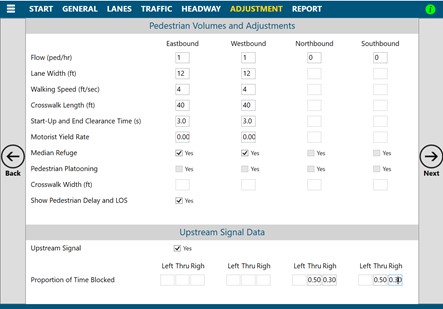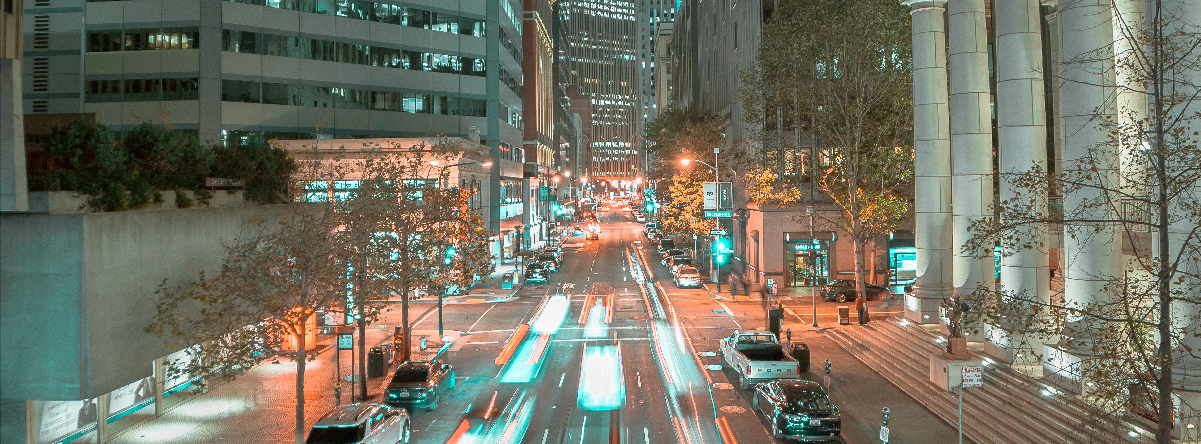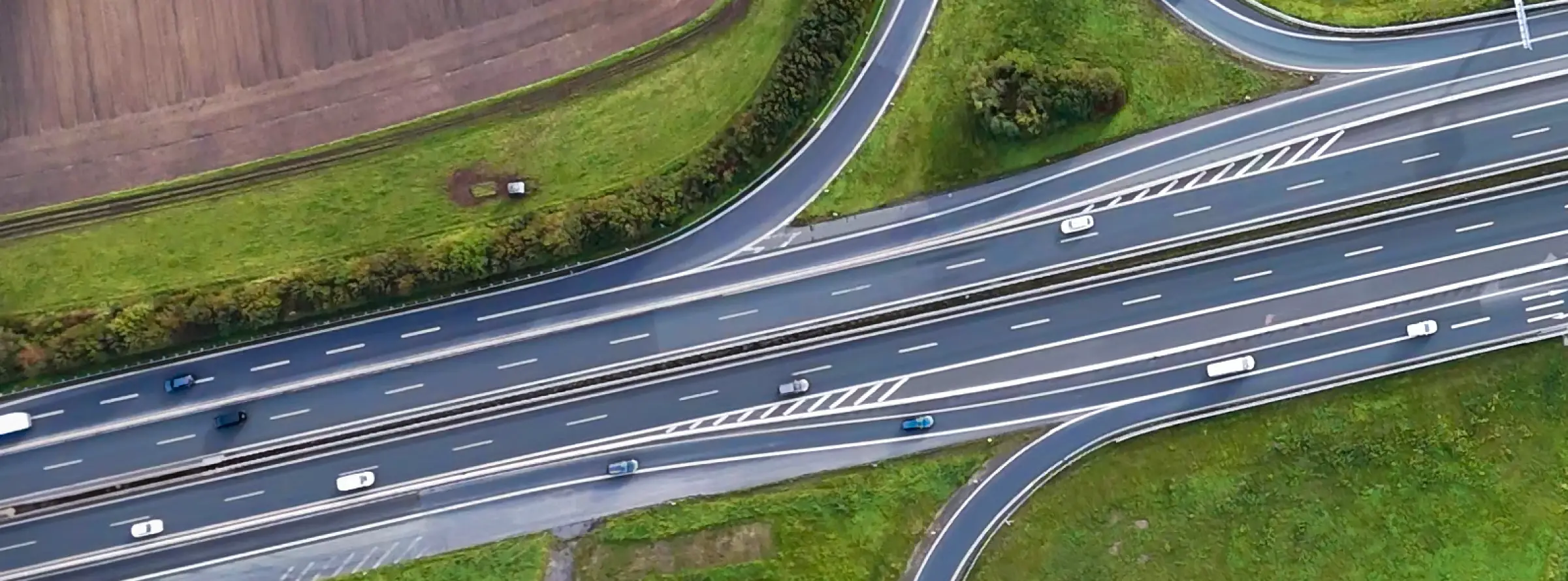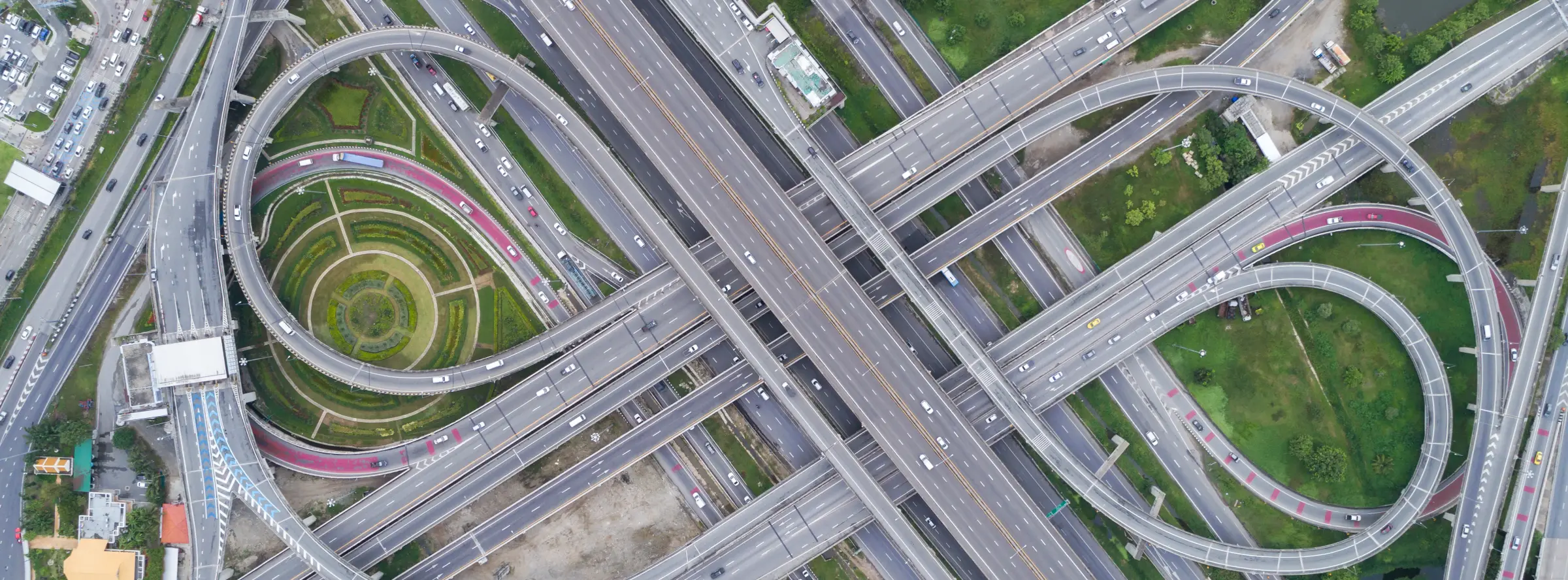The basic principle of traffic signal coordination is to organize vehicles in platoons, which can be efficiently served by signal phases. While it is widely known this can promote smooth progression and coordination along signalized intersections, it is also true that such a scheme can also be beneficial to Two-Way STOP-Controlled intersections (TWSC) on the corridor.

The greater the number of vehicles arriving in platoons at a TWSC intersection, the higher the minor-street capacity for a given opposing flow because there is a greater proportion of large gap sizes that can be used by more than one minor-street vehicle.
The proportion of time that each movement (major street left turns and minor street movements) at a TWSC intersection is effectively blocked by a platoon coming from the upstream signal can be provided in the HCM/HCS methodology by using the “Proportion of Time Blocked” input (ranging between 0 and 1) shown on the figure:

To estimate the values for this input, the HCM Urban Street Segments methodology (Chapter 18) implemented in the HCS Streets module can be used. In order to do so, a Streets file with two intersections is created. The TWSC is modeled as an access point under “Detailed Input Data.”





